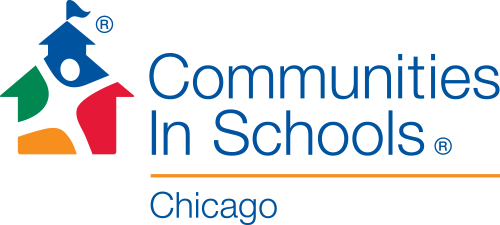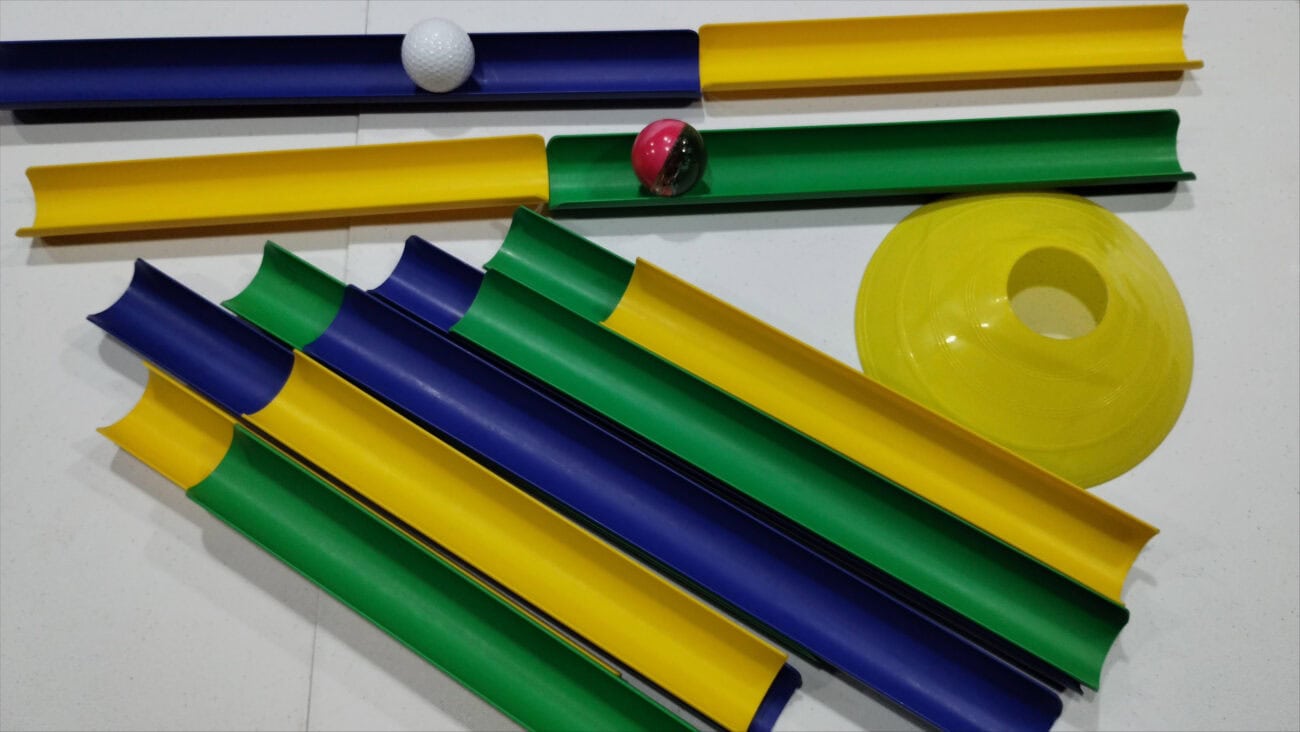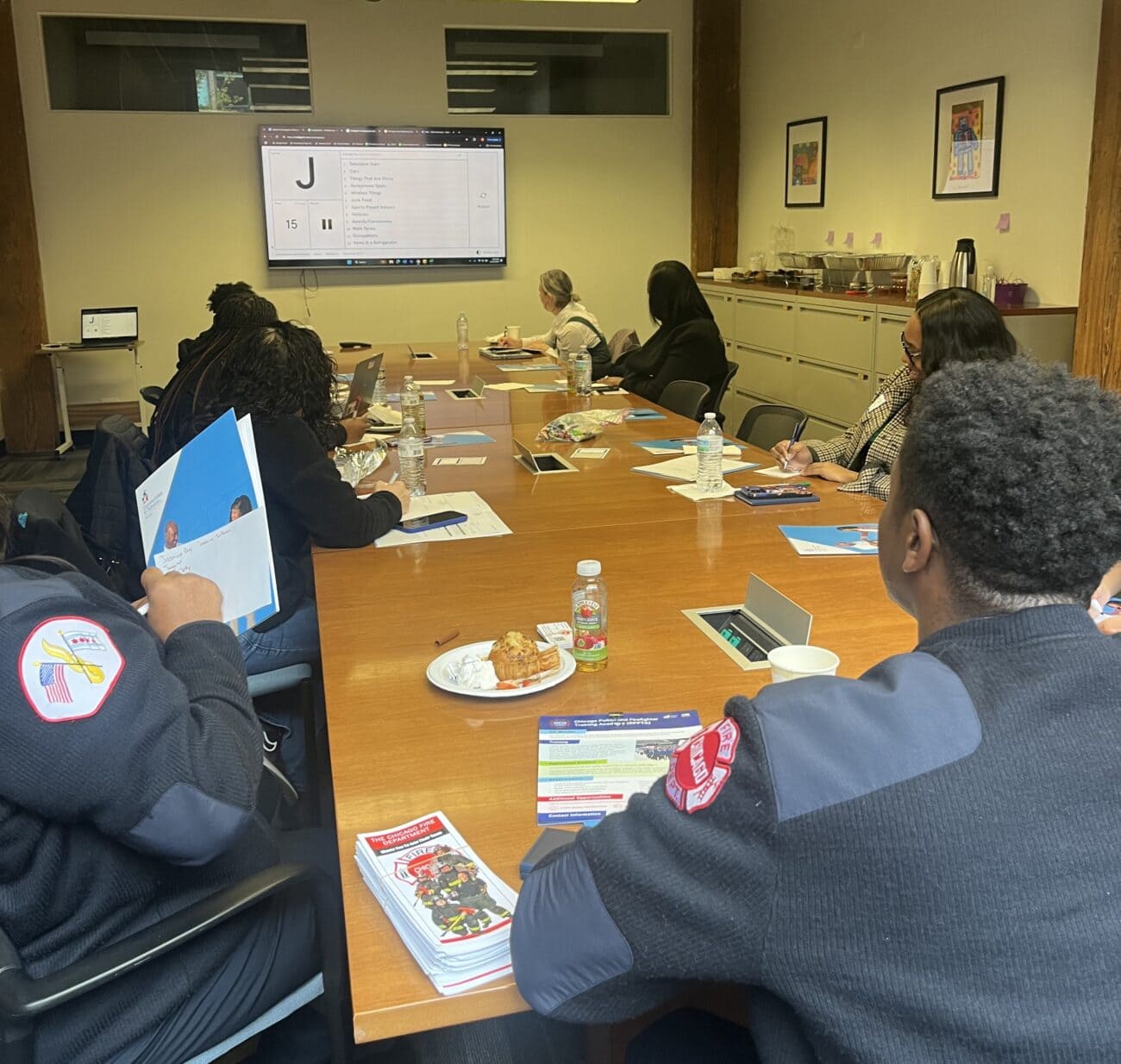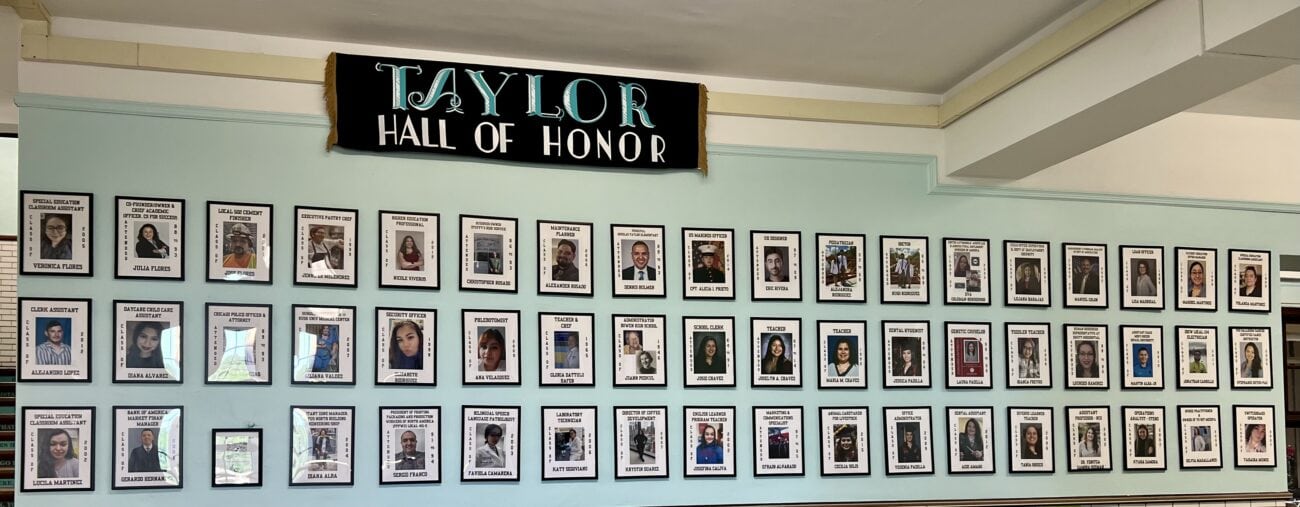By Sucada Bell and Karen Roddie, Associate Directors, Communities In Schools of Chicago
As students return to the classroom this fall, they will need extra support to readjust back to in-person learning. This support can’t just fall to teachers and other school staff to provide. It’s up to all of us in the community to show up for our young people and make sure they have everything they need to unlock their potential. Nonprofits, corporations, cultural institutions, social service agencies, and caring individuals can all play an important role in supporting students.
Our nonprofit, Communities In Schools of Chicago, has been connecting community organizations with schools for over 30 years. We’ve linked schools with everything from vision screenings and after-school music programs to STEM lessons and grief counseling, provided by a network of more than 170 partners. This programming doesn’t just take the burden off school communities. Studies show that it provides students with the resources they need to do better in math and reading and increase their attendance.
Just last year, Communities In Schools of Chicago connected 1,358 programs and services with 168 Chicago Public Schools. When school buildings were closed, these programs were provided virtually. This fall, we’re helping both school partners and community partners navigate program delivery post-pandemic. This experience has given us insight into challenges that community organizations often face when sharing programs with schools, but it has also given us some actionable solutions. One thing is clear: students need community programs and resources now more than ever.
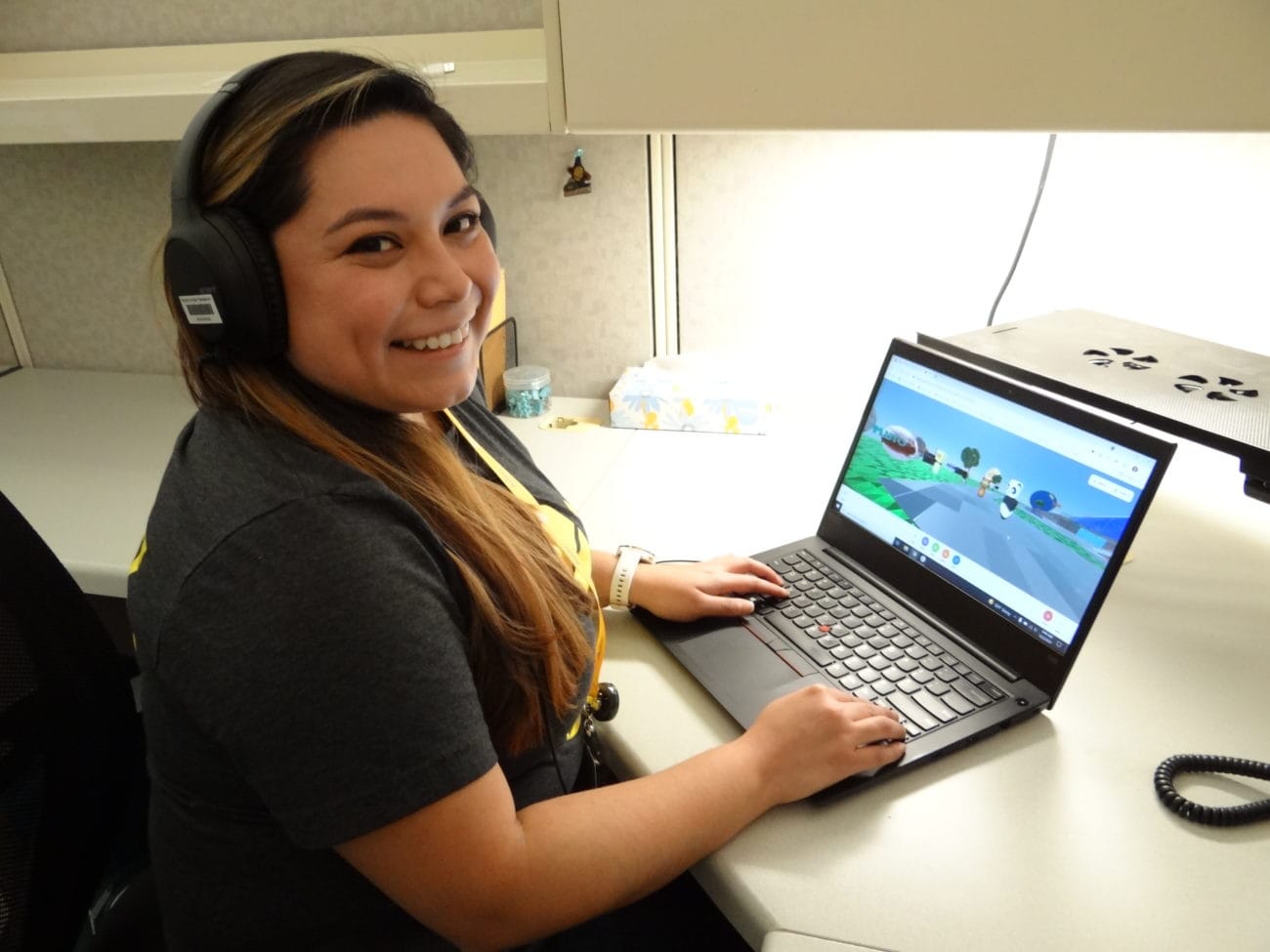
Here are some strategies we’ve found for community organizations to deepen their program’s impact in schools:
Define clear goals for your program.
Create a list of what you hope students will take away from your program and any connections to the curriculum. Answer some key questions that a school would need to know before scheduling. These include: Who is the targeted audience? How long is your program? How do you plan on delivering the content? Presenting these details up-front will make it easier for school staff to see how your program benefits its students.
Find the right fit.
Once you have laid out the details, find a school community that is seeking your programming! At Communities In Schools of Chicago, our School Partnership Specialists collaborate with school leaders to understand the types of supports their students need. This information helps CIS Community Partnership Specialists identify organizations that meet those needs. Demonstrating value and gaining buy-in from teachers are ways that you can create a successful experience for both your organization and for the school.
Communicate effectively.
Schedule a time to chat with the teacher ahead of time and discuss how your program can better connect with what they are teaching. Ask the teacher about the classroom culture and student engagement, using a method of communication that works best for them. If anything changes with scheduling, make sure to communicate those changes as soon as possible.
Do the pre-work!
Familiarize yourself with the school community ahead of time and try to tailor the content to your audience. Are there authentic examples you can use that will help students make the connection between your program and their own experiences? Determine these ahead of time. Also, make sure to practice with any technology prior to the presentation.
Engage the students.
Include a variety of activities throughout the program that allow the students to put the content into practice. See what connections they can draw to their own learning. Also provide options for communicating and collaborating that are accessible to individuals with a variety of abilities and learning styles. Is your presentation longer? Consider places in the program where you can pause and add brain breaks or breathing exercises.
Let your passion shine through.
Demonstrate your area of expertise, but more importantly, show your enthusiasm for the topic. Your passion will allow you to build deeper connections with your student audience, and undoubtedly, stick with students much longer than the content.
Stay flexible.
Be responsive to the needs of the schools and students. Remote learning challenged us all in new ways and made us rethink how we share content with students. As students return to the classroom this fall, be open to exploring and reimagining program delivery.
Assess, assess, assess.
Evaluate your program’s quality, both in the moment and after the fact. At the end of your presentation, invite students to reflect on their learnings and ask any questions they may have. After the program, ask for feedback from the teacher. Our team at Communities In Schools of Chicago spent two years developing best practices for student-focused program design, delivery, and facilitation. These core competencies are shared with our community partners to maximize their program’s impact.
Follow up.
Thank the students and teachers for participating and hosting you in their classroom. Consider sending a recorded follow-up with review questions, authentic connection shares, or other extension lessons. This helps your organization develop relationships with school staff that are so important long-term.
Invest in professional development.
Explore opportunities to grow by investing in professional development opportunities. Communities In Schools of Chicago provides our community partners with workshops throughout the school year that allow them to build skills and learn from each other. Last year alone, we provided training to 127 community partners.
We know that navigating a school setting can be a daunting task for any organization, but schools are looking for support from their communities, especially this school year. The more that you can tailor your program to meet their needs, the more success you will find.
